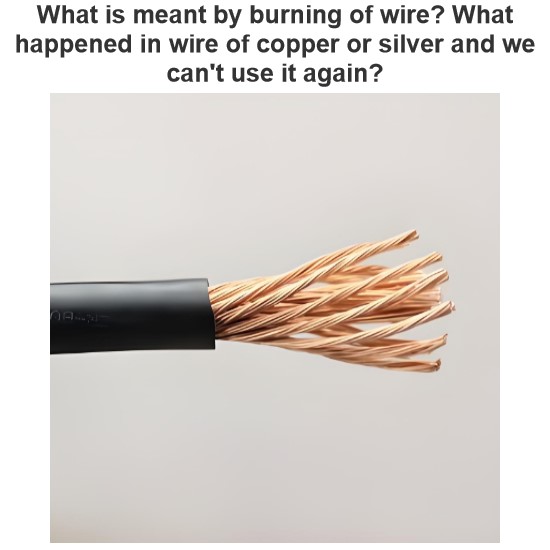Is the resistance higher in solid or stranded (copper) wire?
Solid wire and stranded wire are both commonly used types of conductors, each with their own advantages and disadvantages. When discussing resistance, we need to consider factors such as the total cross-sectional area, material, temperature, and the geometric shape of the conductor. Below is some basic information about the resistance characteristics of solid wire and stranded wire:
Solid Wire
Solid wire is made from a single piece of metal conductor without any internal gaps or seams. This type of wire is typically used for fixed connections, such as wires inside wall sockets or situations where frequent bending is not required.
Resistance Characteristics
Lower Resistance: For the same cross-sectional area, solid wire generally has lower resistance compared to stranded wire because solid wire does not have the gaps present in stranded wire.
Temperature Coefficient: The resistance changes with temperature, but the temperature coefficient is the same for both solid and stranded wire.
Stranded Wire
Stranded wire consists of multiple fine metal strands twisted together. These strands can move independently of one another. This type of wire is typically used in applications that require frequent bending, such as cables or internal wiring in equipment.
Resistance Characteristics
Higher Resistance: Due to the presence of gaps within stranded wire, its total cross-sectional area is actually less than that of a solid wire of the same nominal size. Therefore, stranded wire has slightly higher resistance compared to solid wire at the same nominal cross-sectional area.
Skin Effect: In high-frequency applications, stranded wire can reduce the skin effect, where current flows predominantly on the surface of the conductor. The design of stranded wire exposes more surface area, thereby reducing the resistance at high frequencies.
Considerations in Practical Applications
While stranded wire has slightly higher resistance at the same nominal cross-sectional area, it offers several advantages in practical applications:
Flexibility: Stranded wire is more flexible and easier to bend, making it suitable for applications requiring frequent movement or bending.
Tensile Strength: Stranded wire has better tensile strength and is less likely to break.
Vibration Resistance: Stranded wire performs better in vibrating environments and is less likely to be damaged due to repeated mechanical stress.
Summary
For the same nominal cross-sectional area, solid wire generally has lower resistance compared to stranded wire due to the absence of internal gaps. However, in high-frequency applications, the design of stranded wire can reduce the skin effect, thus performing better at high frequencies. Additionally, stranded wire offers significant advantages in terms of flexibility, tensile strength, and vibration resistance, making it suitable for applications that require frequent bending or are subject to vibration. Therefore, when choosing between conductor types, it is important to balance resistance, flexibility, and mechanical strength based on the specific application requirements.
The Electricity Encyclopedia is dedicated to accelerating the dissemination and application of electricity knowledge and adding impetus to the development and innovation of the electricity industry.




